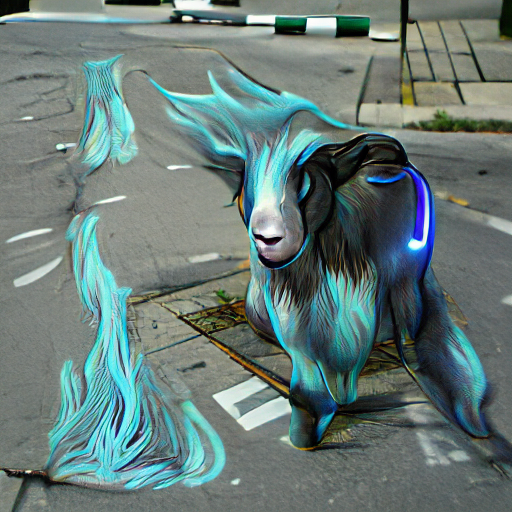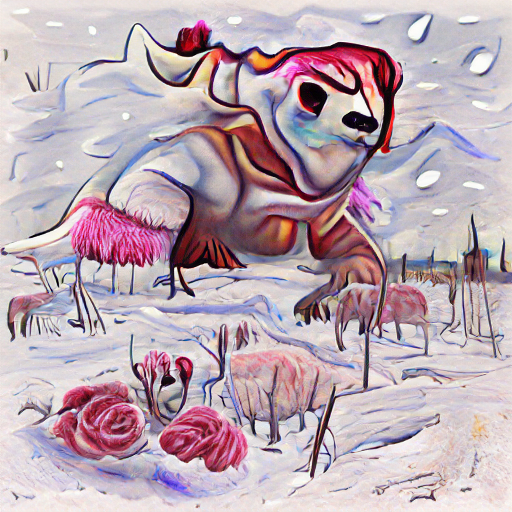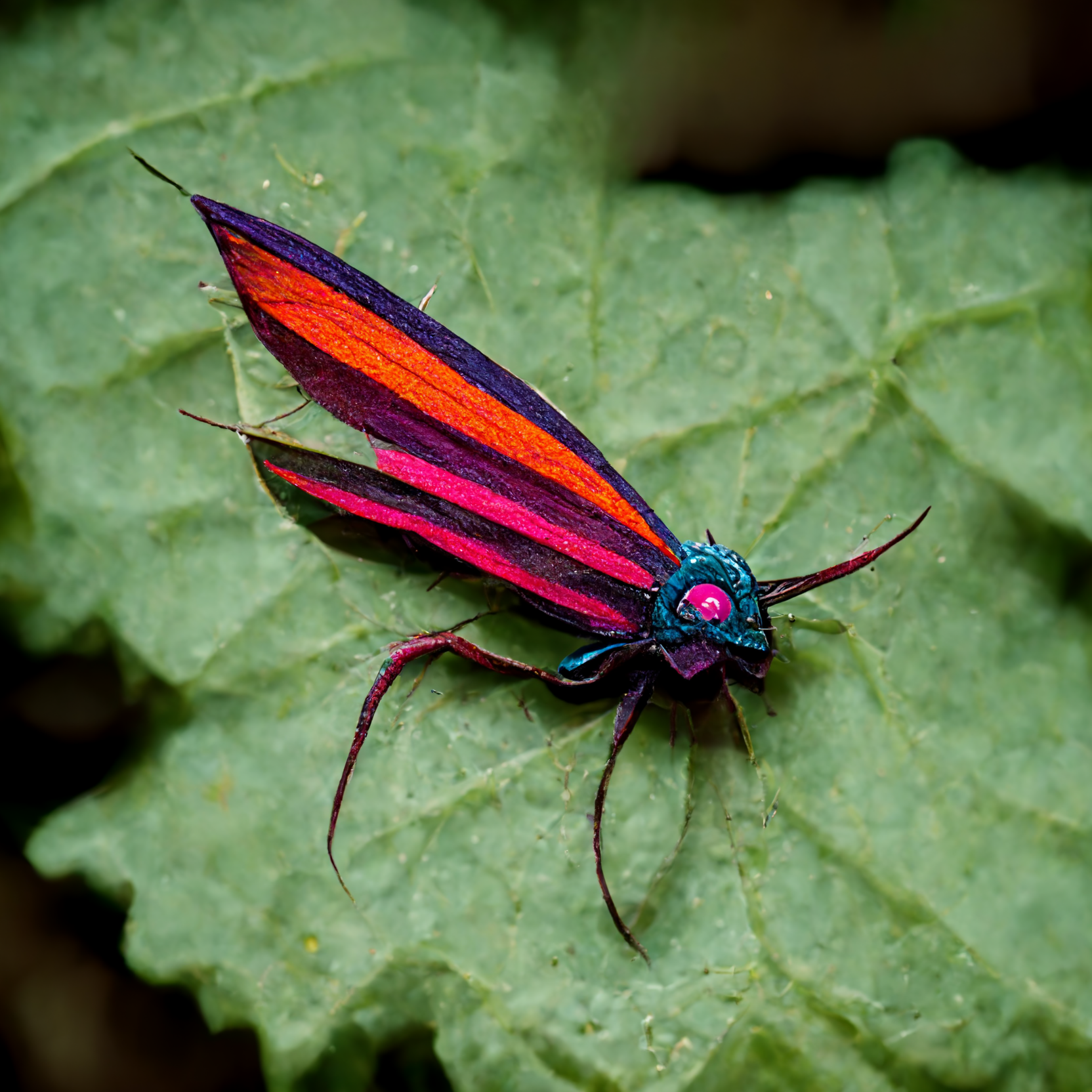

The charming three-legged kurobo walk isn't the only reason they caught the world's eye at their discovery. It's cute, yes, but the real mind-blower is their ability to manifest fire, seemingly at will. The blue fire burns hotter and brighter for as long as the kuobo is near, then fades into the more traditional red and cools down. The first discovered kurobo, Charles, is an internet celebrity.

Explore an endless universe of ficticious life on NovelGens.





